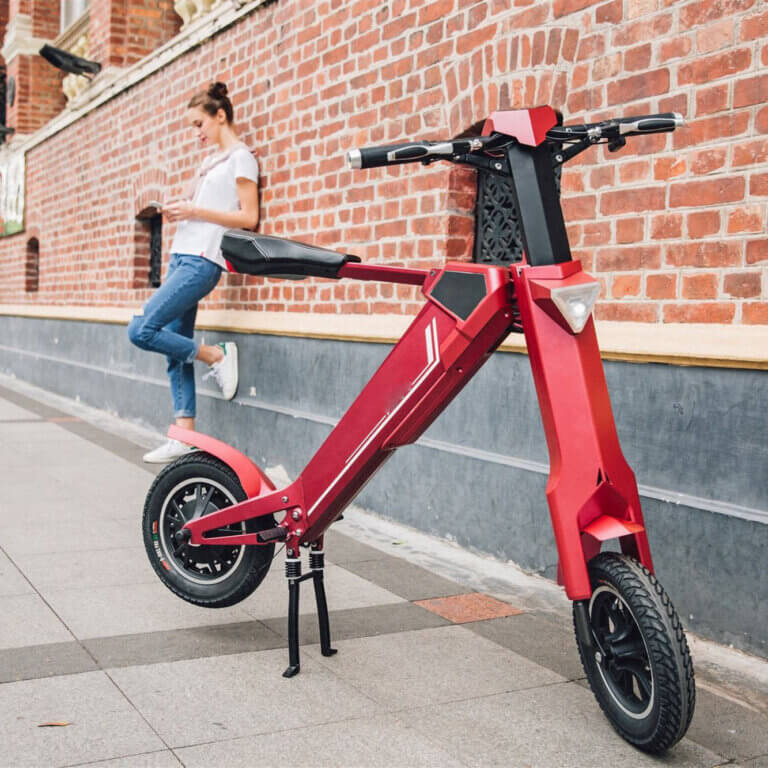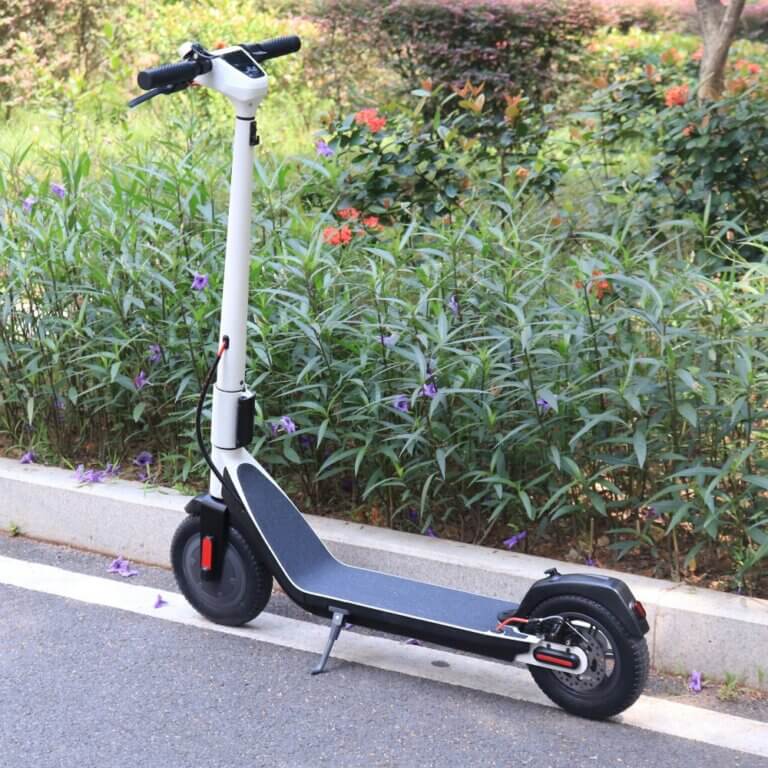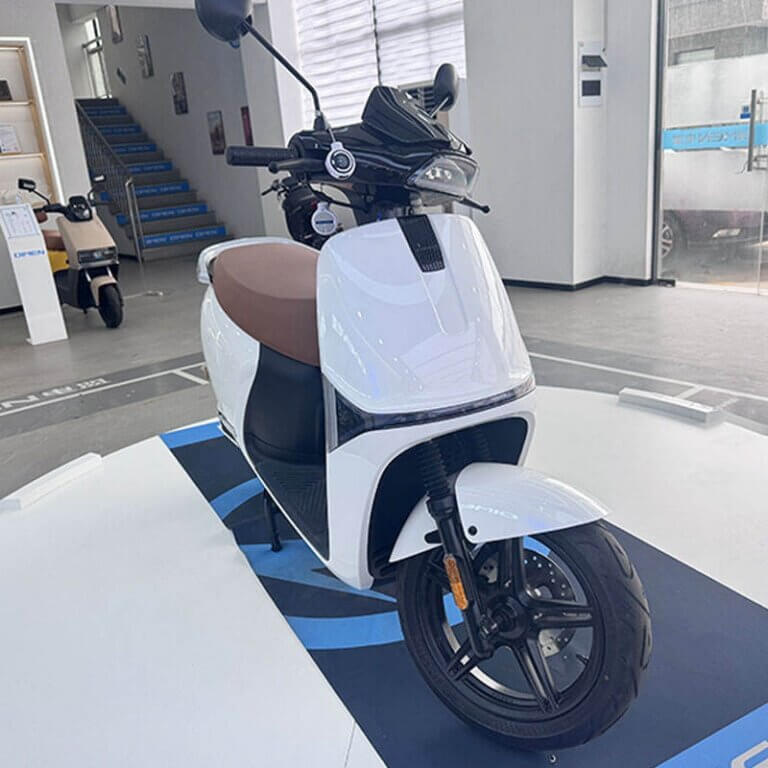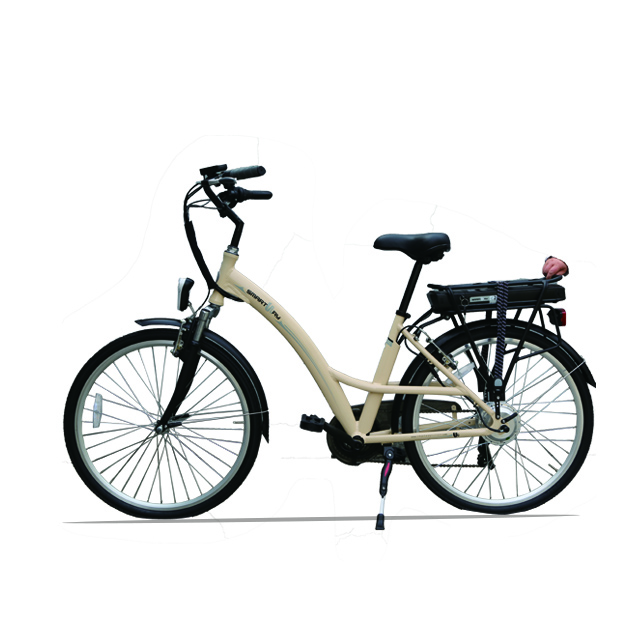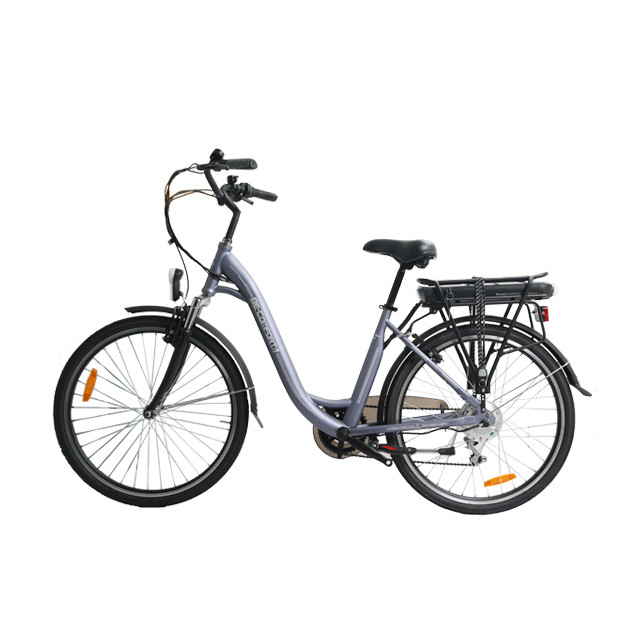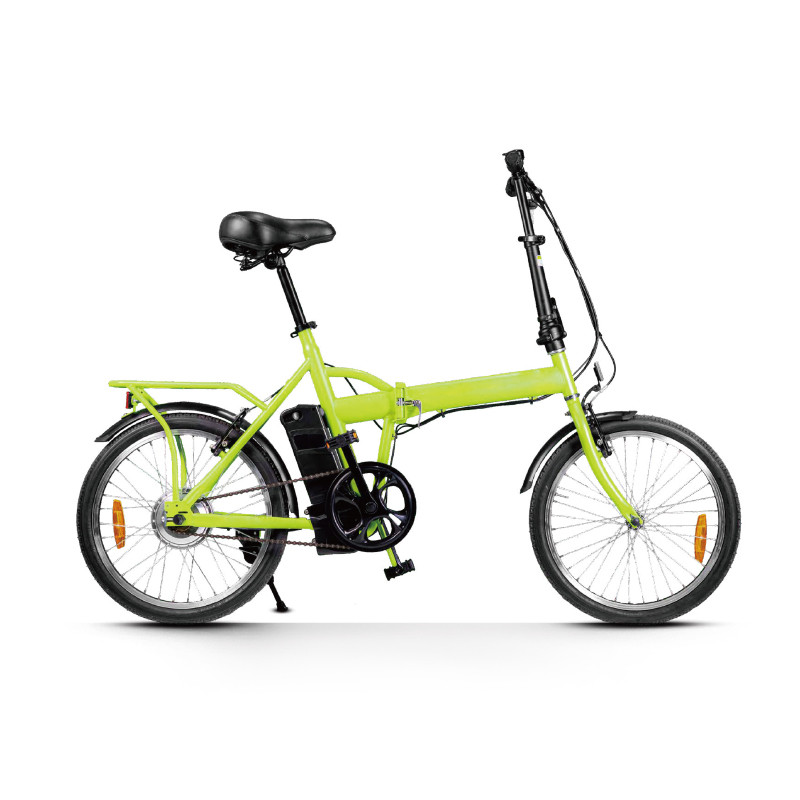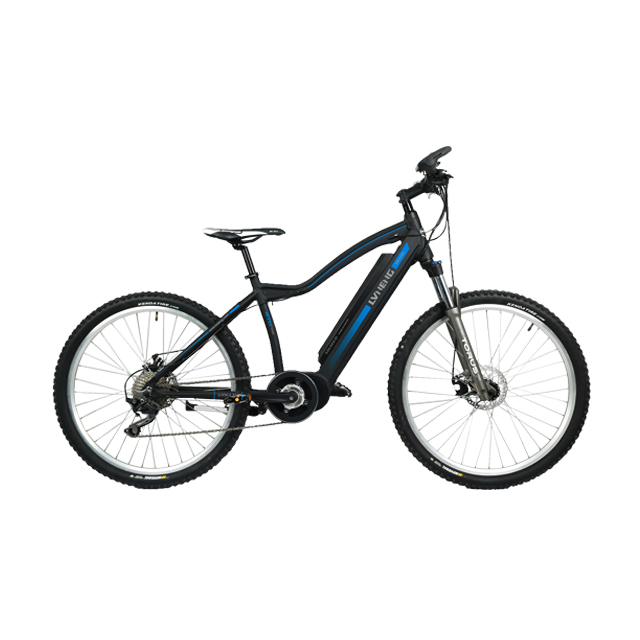-
414 Block B, ZT Times Plaza, Wuhan, Hubei, China
Blog
Best Electric Scooters For Long-Distance Commuting
Summary
Electric scooters have emerged as a popular mode of transportation for long-distance commuting, offering a convenient and eco-friendly alternative to traditional vehicles. Their notable rise in popularity can be attributed to increasing urban congestion and the desire for sustainable mobility solutions. The best electric scooters for long-distance commuting are characterized by their extended range, robust motor power, comfortable ride quality, and advanced safety features, making them ideal for daily use over significant distances.
Key factors that distinguish effective long-distance electric scooters include battery capacity, which typically needs to support a minimum range of 40 miles on a single charge, and motor power, which should ideally fall between 700W to 2000W to handle various terrains and inclines efficiently. Additionally, ride comfort, durability, and an efficient braking system are essential considerations for commuters seeking reliable and safe transportation options. Models such as the VMAX VX5 Pro and Apollo City 2022 have been highlighted for their performance and value in the commuting market, showcasing the variety available to consumers.
Despite their benefits, electric scooters also face controversies, including safety concerns related to reckless riding and inadequate infrastructure in urban areas to support their use. Local regulations vary widely, affecting the availability and operational standards of scooters across different cities, and discussions continue about the balance between convenience and safety for riders and pedestrians alike. As cities adapt to the challenges of urban mobility, the integration of electric scooters into the transportation ecosystem represents a significant shift towards sustainable commuting practices, while also necessitating careful management and infrastructure planning.
Key Features for Long-Distance Commuting
When selecting an electric scooter for long-distance commuting, several key features should be taken into account to ensure a comfortable and efficient ride.
Extended Range
A primary consideration for long-distance travel is the scooter’s range, which is influenced by its battery capacity and overall efficiency. For effective commuting, it is advisable to choose models that offer a minimum of 40 miles on a single charge. High-capacity lithium-ion batteries are preferred due to their longevity and performance, making them well-suited for daily use over longer distances.
Robust Motor Power
A powerful motor is essential for maintaining consistent speed and navigating inclines effortlessly. For those commuting long distances, scooters equipped with motors ranging from 700W to 2000W are recommended. This range provides the necessary power to handle various terrains and steep gradients without compromising performance.
Comfortable Ride Quality
Comfort is critical during long rides, and features that enhance ride quality should be prioritized. Advanced suspension systems, ergonomic handlebars, and spacious decks contribute to a smoother experience. A well-designed scooter will reduce fatigue, making it suitable for daily commutes.
Durable Build and Weight Capacity
The scooter’s construction quality is vital for both safety and longevity. Models made from high-quality materials such as aluminum or steel offer improved durability. Additionally, it is important to ensure that the scooter can accommodate the rider’s weight along with any additional cargo, which contributes to overall performance and safety.
Efficient Braking System
Safety should never be overlooked, particularly at higher speeds. An effective braking system is crucial, and scooters equipped with front and rear dual disc brakes offer superior stopping power. This feature is essential for navigating urban environments where sudden stops may be required.
Portability
For commuters who may need to use public transportation or carry their scooter, a foldable design with manageable weight is highly advantageous. This portability feature allows for easy storage and transport, making it a practical choice for urban commuters.
Lighting and Safety Features
Visibility during early morning or late evening rides can be a concern. Thus, adequate front and rear lighting, along with reflectors, enhance safety by making riders more visible to others on the road. Choosing a scooter with built-in safety features can significantly improve the commuting experience.
By considering these key features, individuals can select an electric scooter that meets their long-distance commuting needs while ensuring comfort, safety, and reliability.
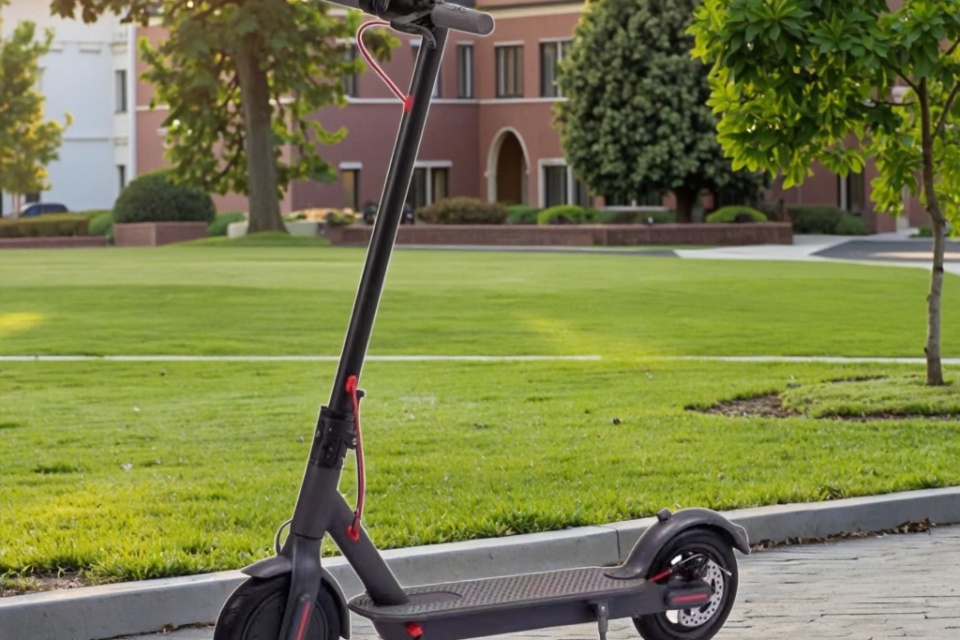
Top Electric Scooters for Long-Distance Commuting
When it comes to long-distance commuting, electric scooters must offer a combination of range, comfort, and reliability. After testing numerous models, several stand out as top contenders for daily commuters. Below are some of the best electric scooters suitable for long-distance travel.
VMAX VX5 Pro
The VMAX VX5 Pro has quickly established itself as a leading choice in the budget category. With its exceptional build quality and performance, it is designed for longevity and user satisfaction.
One of the longest real-world tested ranges in its price category. A very short stopping distance, making it one of the safest options available. Superior ride quality in the sub-$600 class, complemented by wider handlebars for improved handling. A robust battery management system and an integrated mobile app for customized performance. An impressive IP66 water-resistance rating, ensuring reliability in various weather conditions.
Despite minor drawbacks, such as a dimmer display, the VX5 Pro’s overall package makes it a highly recommended option for commuters looking for durability and performance.
Apollo City 2022
The Apollo City 2022 model has redefined expectations with its innovative design and attention to detail.
A long real-world tested range that supports extended commutes. Excellent acceleration and quiet operation due to its efficient motor. A dual suspension system and versatile hybrid tires for a smooth ride across different terrains. Immaculate cable management and regenerative braking that helps recharge the battery during use. This scooter stands out for its combination of versatility and build quality, making it an excellent choice for both weekdays and weekend adventures.
VMAX VX2 Pro GT
For those seeking a powerful performance, the VMAX VX2 Pro GT delivers with:
The longest range in the sub-$1000 category, making it perfect for long-distance commutes. Fast acceleration and a reliable design inspired by Swiss engineering. Robust features that cater to practical commuting needs, ensuring both efficiency and comfort. This model is particularly suitable for heavier riders, offering a substantial weight capacity while maintaining performance standards.
Segway Ninebot Max G3
The Segway Ninebot Max G3 stands out as an all-rounder with:
A top speed of 28 MPH, making it one one of the fastest options for commuting. A reliable motor that excels in both flat and inclined terrains, providing a smooth ride for daily use. A sleek design paired with practical features that enhance user experience. This scooter is ideal for those who prioritize speed alongside functionality.
INOKIM OXO
The INOKIM OXO is recognized for its impressive range and power.
A range of up to 52 miles, making it a robust choice for long-distance travel. A strong motor that provides a consistent ride, even on challenging terrains. High-quality construction that promotes longevity and rider comfort. This model is particularly appealing for commuters looking for a reliable and efficient mode of transportation. These scooters represent some of the best options available for long-distance commuting, each offering unique features that cater to various needs and preferences in urban mobility.
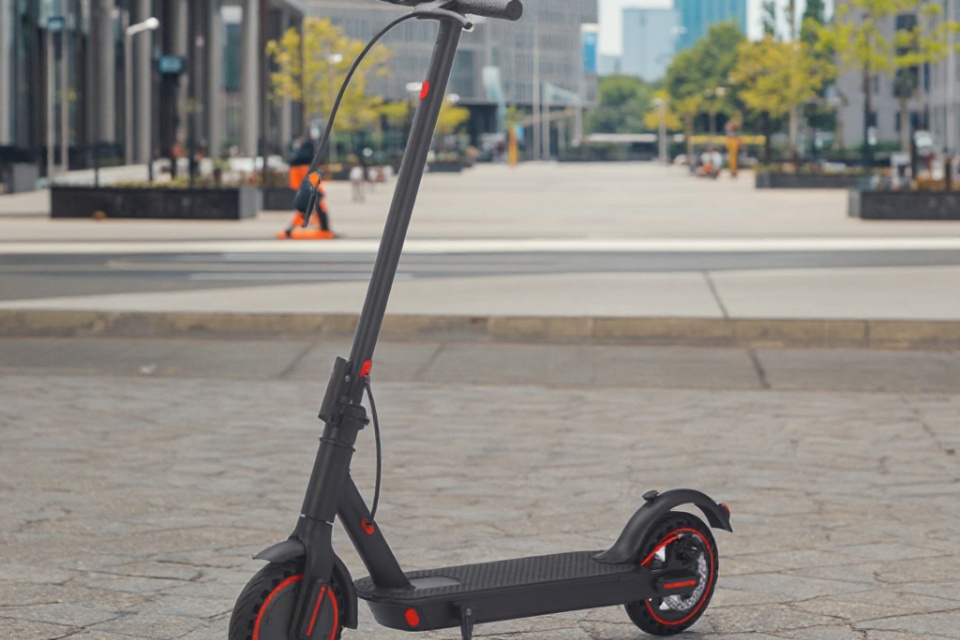
Comparison of Top Models
Overview of Performance Metrics
When comparing electric scooters for long-distance commuting, several performance metrics are essential. These include maximum speed, range, battery capacity, weight, and braking distance. Different models cater to varied commuter needs, and understanding their specifications can help potential buyers make informed decisions.
Leading Models
VMAX VX2 Pro GT
The VMAX VX2 Pro GT is recognized for its impressive range and performance. It offers a top speed of 25 mph and a maximum range of 62 miles under optimal conditions, although real-world tests indicate a more practical range of approximately 36.7 miles. The scooter features a robust 48V 23.2Ah battery, which takes around 12 hours to fully charge. Its additional advantages include an IPX6 water resistance rating, smooth suspension, and a mobile app for performance customization, making it a solid choice for commuters prioritizing reliability and range.
VMAX VX4 GT
The VMAX VX4 GT stands out in the under-$1,000 category for its blend of performance and affordability. With a top speed of 25.8 mph and a real-world range of around 30.6 miles, it showcases remarkable acceleration capabilities. Its design includes a 48V 16Ah battery, which charges in 8.5 hours, and it is equipped with regenerative braking for enhanced efficiency. This model is particularly noted for its high-quality build and comfort, suitable for both lighter and heavier riders.
Niu and Segway Models
Models from Niu and Segway are highlighted for their longer ranges, catering to commuters who may travel greater distances. For example, the G4 model has a manufacturer-claimed range of 22 miles, which may suffice for average commutes. These scooters are often equipped with additional features aimed at enhancing rider convenience and safety, making them competitive options in the long-distance commuting market.
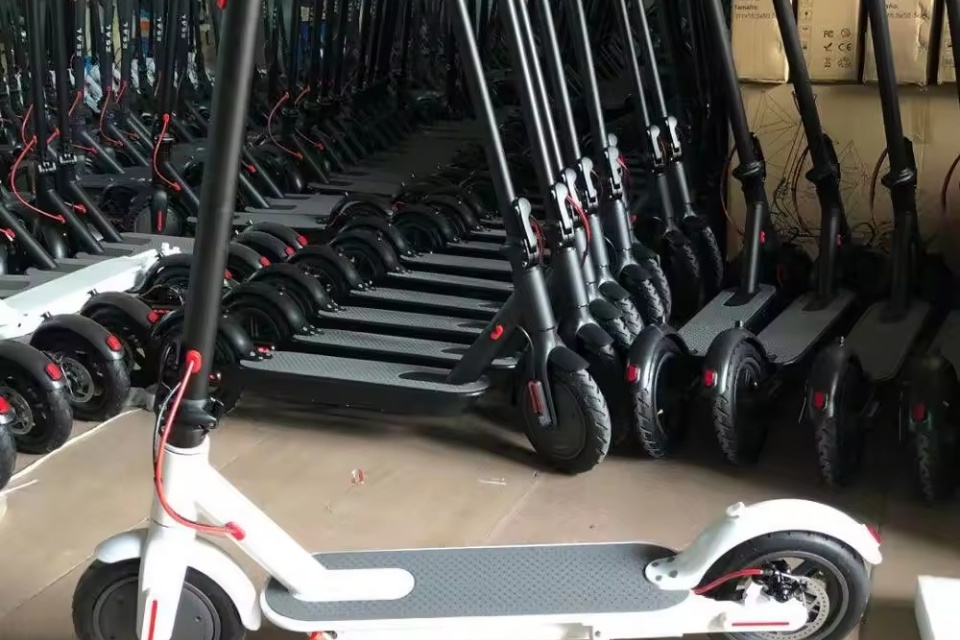
Important Considerations
Battery Size and Range Estimation
Battery capacity plays a crucial role in determining the range of electric scooters. A larger battery typically translates to a longer range, but potential buyers should consider their riding habits and conditions when evaluating specifications. Real-world performance may vary significantly from manufacturer claims; hence, users are advised to anticipate a range that is about 60% of the maximum stated distance.
Water Resistance Ratings
For commuters who might encounter adverse weather, a scooter’s water resistance rating is also vital. A rating of IP65 or higher is recommended to ensure that the scooter can withstand splashes and light rain without damage. This feature is particularly important for urban riders who frequently navigate wet conditions.
Buying Guide
When selecting an electric scooter for long-distance commuting, several key factors should be considered to ensure that you choose the model that best suits your needs and riding environment.
Key Considerations
Where Am I Riding?
Understanding your riding environment is crucial. Whether you will be navigating busy city streets, quiet suburban neighborhoods, or hilly terrains will influence the type of scooter that is appropriate for your needs. For instance, scooters with powerful motors and high torque are better suited for hilly areas, while lighter models may be ideal for flat urban settings.
Performance Specifications
Consider the performance specifications that matter most to you, including:
Range: The distance an electric scooter can travel on a single charge varies widely. Options can range from around 10 miles to over 80 miles per charge. For long-distance commuting, look for scooters with a range that comfortably exceeds your daily travel needs. Speed: A top speed of 15 mph or higher is typically adequate for urban commuting. However, if you need to cover larger distances quickly, you may want to opt for models that can reach speeds of 25 mph or more. Power: The motor’s wattage directly affects acceleration and hill-climbing capabilities. Scooters with a 600W motor or more can offer superior performance, especially on inclines.
Durability and Build Quality
Durability is another essential factor. Look for scooters that are constructed from high-quality materials and have robust designs. Models with good suspension and larger wheels typically provide a smoother ride, which is especially important over long distances or rough terrain.
Weight and Portability
If you plan to carry your scooter or store it in small spaces, weight and folding design are important considerations. Many lightweight models offer portability advantages, but ensure that they have secure folding mechanisms to prevent accidents while carrying.
Battery Life and Maintenance
Battery life is crucial for long-distance commuting. Regular maintenance can prolong battery life; check for any physical damage and ensure that the battery holds its charge effectively. Be mindful of common pitfalls that can shorten battery life, such as overcharging and allowing the battery to drain completely.
Price Range
Electric scooters can range from under $400 for basic models to over $5,000 for premium options. Assess your budget while considering the features that are most important for your commuting needs. Budget models often have limitations on range and power, so it’s important to balance cost with performance requirements.
Safety Features
Safety should always be a priority. Look for scooters equipped with reliable brakes, good lighting, and strong visibility features. Wearing protective gear, such as helmets and pads, is also advisable when riding, especially for longer distances.
Environmental Impact
Electric scooters (e-scooters) present several environmental benefits compared to traditional gas-powered vehicles, making them a compelling option for urban commuting. One of the most significant advantages is their low carbon emissions; e-scooters produce zero direct emissions during operation, which helps reduce air pollution and the overall carbon footprint of daily commutes. Studies indicate that e-scooters can decrease CO2 emissions by up to 350 grams per kilometer compared to car trips, depending on the local electricity mix used for charging.
Lifecycle Analysis and Sustainability
The environmental impact of e-scooters varies significantly based on their usage and management practices. Factors such as the lifespan of the scooters, the efficiency of charging and redistribution operations, and the source of electricity for charging play critical roles in determining their overall environmental footprint. Life cycle assessments (LCA) of e-scooters show that their material production can generate greenhouse gas emissions and contribute to other environmental concerns, such as water pollution and habitat destruction. Moreover, the materials used in e-scooters account for a substantial portion of their total environmental impact, with estimates suggesting that the vehicle’s materials may account for 58%-88% of total CO2 equivalents in dockless systems.
Recycling and End-of-Life Considerations
Recycling and end-of-life (EOL) management of e-scooters are vital for maximizing their environmental benefits. Research indicates that recycling can compensate for a significant percentage of greenhouse gas emissions associated with their production and use phase—up to 40.6% for aluminum scooters and 29% for plastic scooters, depending on usage duration. Effective recycling strategies and robust regulations are necessary to ensure the longevity of e-scooters and mitigate waste. Many e-scooter companies are taking initiatives to enhance sustainability by using more durable materials and implementing efficient charging systems that may include renewable energy sources.
Urban Mobility and Future Prospects
As cities continue to confront challenges related to congestion and pollution, the integration of e-scooters into urban transportation systems presents a sustainable alternative for short trips. However, critics highlight concerns regarding the emissions linked to manufacturing, charging, and distribution processes, particularly for shared e-scooter models with shorter lifespans. Ongoing advancements in technology, such as battery efficiency and AI safety features, are expected to improve the performance and sustainability of e-scooters, further solidifying their role in the future of urban mobility. With appropriate regulations and continued technological innovations, electric scooters can significantly contribute to creating more livable, sustainable, and accessible urban environments.
Local Regulations and Infrastructure
The regulation of electric scooters, particularly in urban environments, is essential for ensuring safe and equitable use. Different cities have developed varied approaches to managing shared micromobility systems, leading to a complex landscape of local regulations that can affect long-distance commuting by electric scooters.
Best Practice Recommendations
Cities are encouraged to adopt uniform regulations or policies within their permits to create a level playing field for scooter vendors and ensure rider safety. This includes establishing clear guidelines for fleet size, customer service expectations, and permit fees. Notably, guidelines for regulating shared micromobility encompass key operational requirements such as device relocation, fleet distribution, and customer service standards.
Current State of the Practice
The current regulatory framework across cities varies significantly, with some jurisdictions implementing specific operational guidelines while others leave these to the discretion of the operators. Essential provisions often include insurance requirements and the criteria for determining when an operator breaches its agreement with the city. Furthermore, infrastructure investments, such as dedicated device parking options and safe riding pathways, are critical in facilitating long-distance commutes on electric scooters.
Safety and Accountability
Safety remains a pivotal concern, with cities striving to curb reckless riding behaviors and enhance accountability for traffic law violations. Educational programs aimed at changing rider behavior and promoting compliance with traffic rules have been proposed to improve safety outcomes, especially for faster modes of transport like e-scooters and e-bikes. Federal agencies are also involved, setting safety standards for e-scooters and working on classifying these vehicles appropriately to ensure rider safety.
Infrastructure Challenges
The lack of adequate infrastructure, such as charging facilities for e-bikes, poses additional challenges for long-distance commuting. For instance, in New York City, insufficient charging options have led to safety hazards, including battery fires. To mitigate these issues, cities are exploring the establishment of licensing programs for app-based delivery companies, requiring them to share operational data with local transportation authorities to inform infrastructure development and improve safety measures.
Environmental Impact and Urban Development
Electric scooters align with urban development initiatives like the “15-minute city” concept, offering an eco-friendly alternative for short trips, thereby reducing congestion and emissions. The proliferation of e-scooter sharing services has made these vehicles accessible to a broader population, promoting greater urban mobility equity. However, concerns remain regarding the equitable distribution of e-scooters, which must be addressed to ensure all communities benefit from this transportation mode.
As cities navigate the complexities of micromobility regulations and infrastructure development, the integration of electric scooters into the urban transport ecosystem continues to evolve, shaped by both local policies and community needs.




